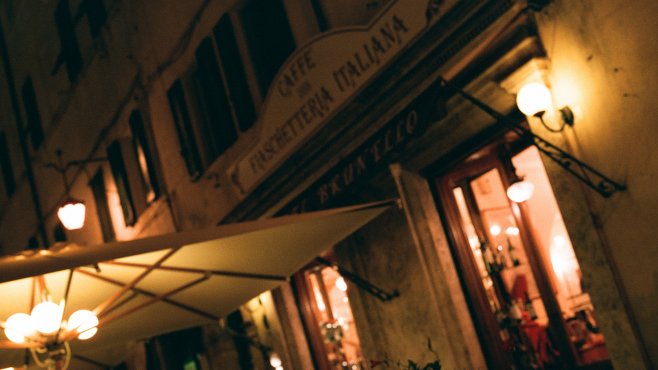Tuscany
Tuscany is a world-renowned region not only for its wines but also for its typical landscape with cypress trees, history, artworks, and monuments. Along with Piedmont, it is one of the so-called traditional wine regions where vines have been cultivated for centuries, and the quality of wines has been consistently high. There are two oldest DOCG appellations from 1980 – Brunello di Montalcino and Vino Nobile di Montepulciano, and the very oldest DOC appellation, which was awarded to the white wine Vernaccia di San Gimignano. The most significant area is central Tuscany, where the history of modern winemaking began.
The climate of the region varies greatly in different areas: the Chianti area between Florence and Siena is cool and humid, Montalcino south of Siena is relatively dry, Mediterranean with small temperature differences between day and night, Montepulciano is typically inland with more significant temperature fluctuations, and the coastal area Maremma is very warm year-round.
Tuscan winemakers work a lot with international varieties such as Cabernet Sauvignon, Merlot, Syrah, or Chardonnay, on which the most prestigious wines of this region, the so-called "Super Tuscans" like Sassiccaia, Ornellaia, Tignanello, or Solaia are based. But the most widely grown variety not only in Tuscany but also in all of Italy is Sangiovese (translated as Jupiter's blood "Sangue di Giove"). It forms the basis of traditional great Tuscan wines Chianti, Brunello di Montalcino, and Nobile di Montepulciano. In Maremma, white varieties Vermentino, Trebbiano, and Malvasia predominate, from which the most famous Tuscan dessert wine Vino Santo is made.
